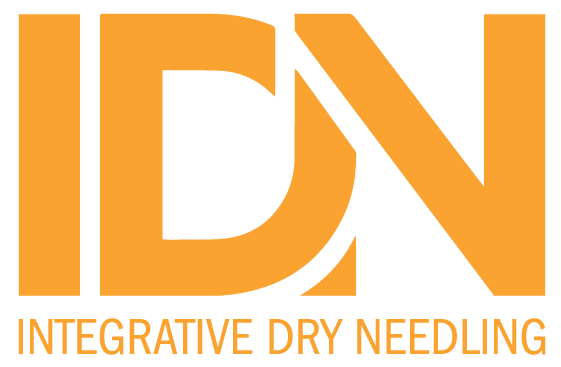Physiother Theory Pract. 2023 Sep 9:1-12. doi: 10.1080/09593985.2023.2254827. Online ahead of print.
ABSTRACT
BACKGROUND: Determining the optimal number of dry needling (DN) sessions to satisfactorily treat a stroke patient with spasticity is important from both clinical and economic perspective.
OBJECTIVE: To explore the effects of one versus three sessions of DN on spasticity of the wrist flexors and motor recovery after stroke.
METHODS: In this single-blind randomized clinical trial, 24 patients were randomly and equally divided into two groups: one group received one session of DN, while the other group received three sessions of DN in one week. Both groups received one minute of DN of the flexor carpi radialis and flexor carpi ulnaris. The outcome measures were the Modified Modified Ashworth Scale (MMAS), passive resistance torque (PRT), wrist active and passive extension range of motion (ROM), and the Brunnstrom Stages of Stroke Recovery (BSSR) measured before, immediately after, and one week after the last DN session.
RESULTS: Both groups demonstrated a significant improvement in all outcomes (p < .05). The MMAS scores in both groups meaningfully improved (p < .001). No significant differences were found between the two groups; however, a significant time-by-group interaction was observed for the PRT (p = .02; Cohen’s d = 0.23-0.73), wrist active extension ROM (p = .001; Cohen’s d = 0.37-0.67), and wrist passive extension ROM (p = .02; Cohen’s d = 0.32-1.30). The BSSR significantly improved from 3 to 4 in both groups (p < .001).
CONCLUSION: Administering three sessions of DN can effectively improve spasticity and motor function after stroke.
PMID:37688438 | DOI:10.1080/09593985.2023.2254827



